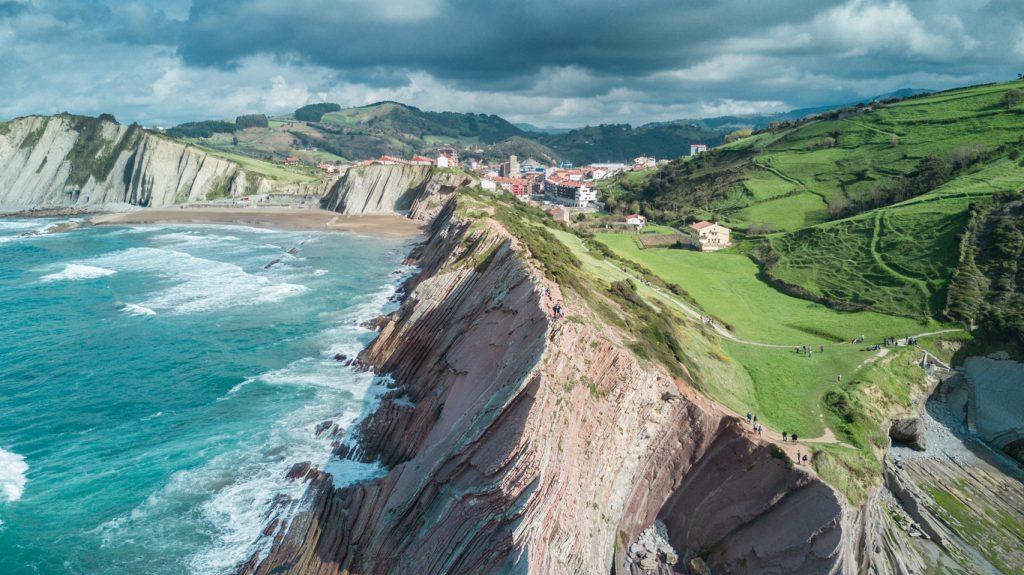Even though Spain’s international tourist reputation is largely based on sunny weather and sandy beaches – plus the offerings of cities such as Madrid and Barcelona – this country has much more to offer in the Northern regions. For this reason, in this article we propose a fantastic route along Northern Spain that you can cover by car, highly recommended for tourists living in Spain or abroad.
Below we’ll propose a road trip that spans the north coast of the Iberian Peninsula. A route along Northern Spain that will take you from Galicia to the Basque Country, passing along winding roads flanked by dense and leafy vegetation, including several stops in some beautiful natural parks.
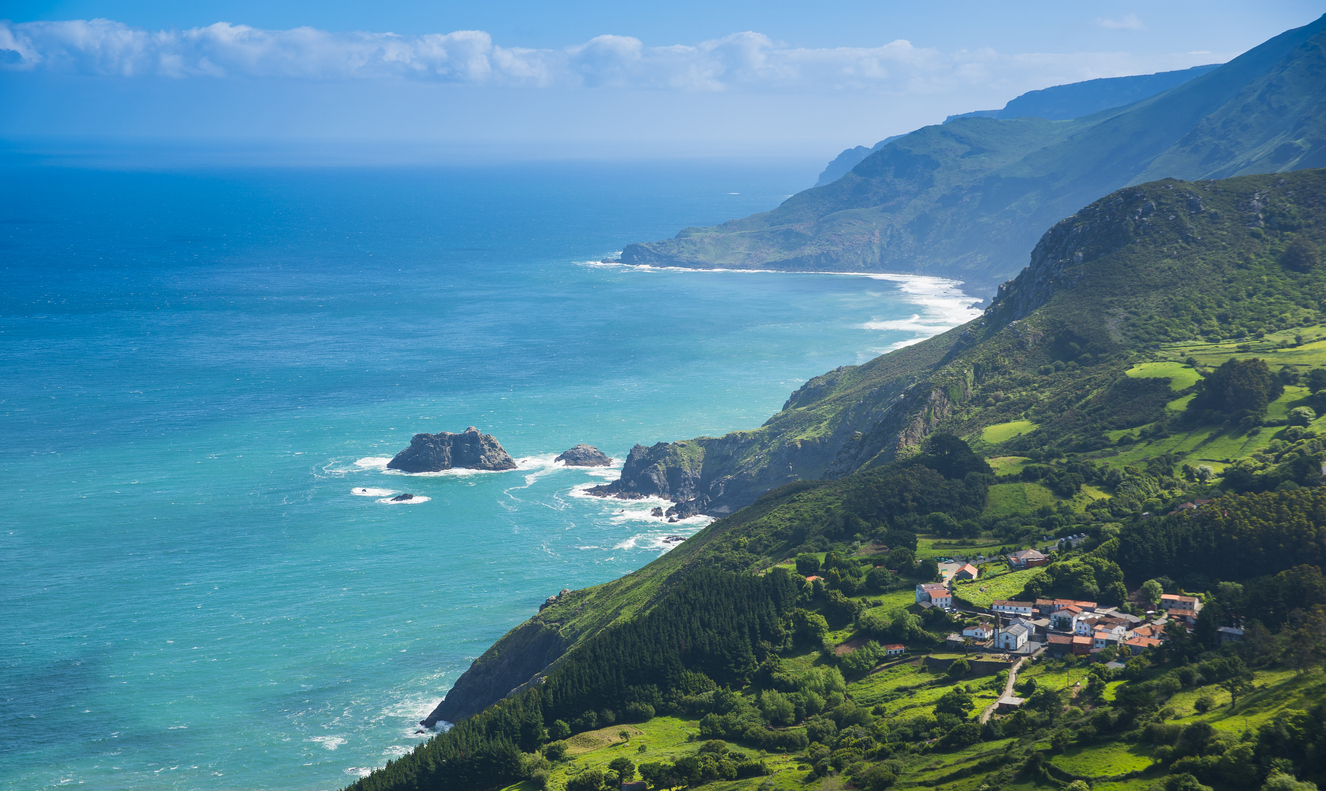
Galicia’s natural verdure
This autonomous community is one of the prettiest places in Spain, thanks to its spectacular, lush vegetation and savage coastline, chiselled by the force of the Atlantic Ocean.
Our proposed road trip starts from A Guarda, the southernmost point of Galicia. There you’ll find the Monte de Santa Tecla, which houses a Galician fort that is recognised as a Monument of Historical and Artistic Heritage by the European Union.
If you manage to overcome the powerful winds that often lash the region, you’ll be able to enjoy some beautiful views from the mouth of the Rio Miño, as well as mountains of Galicia and neighbouring Portugal.
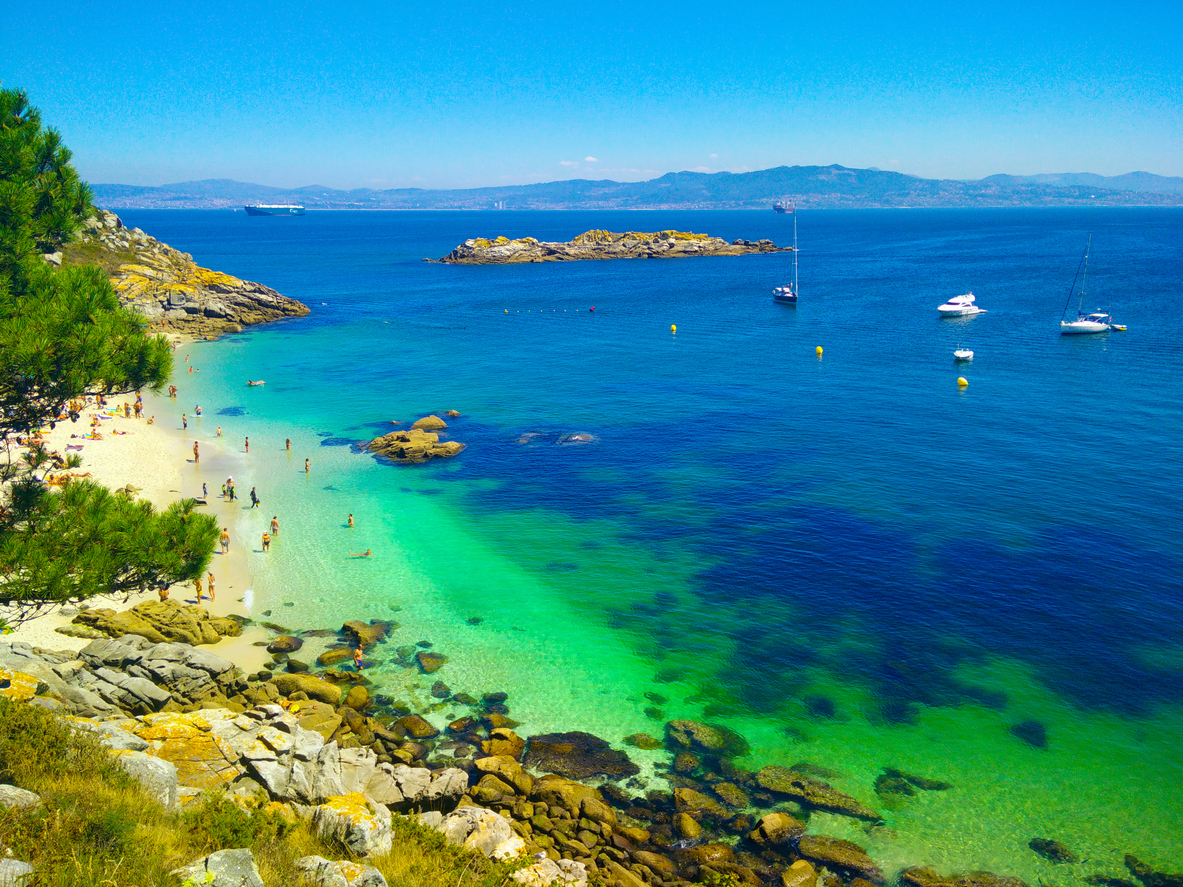
You must make time in your schedule to visit the famous Cíes Islands. When planning your trip, however, please remember that capacity is limited.
Driving towards Asturias, you’ll find one of the world’s best beaches according to several European publications: the Playa de Rodas. This is located on the archipelago that forms part of the Atlantic Islands of Galicia National Park. Truly breath-taking.
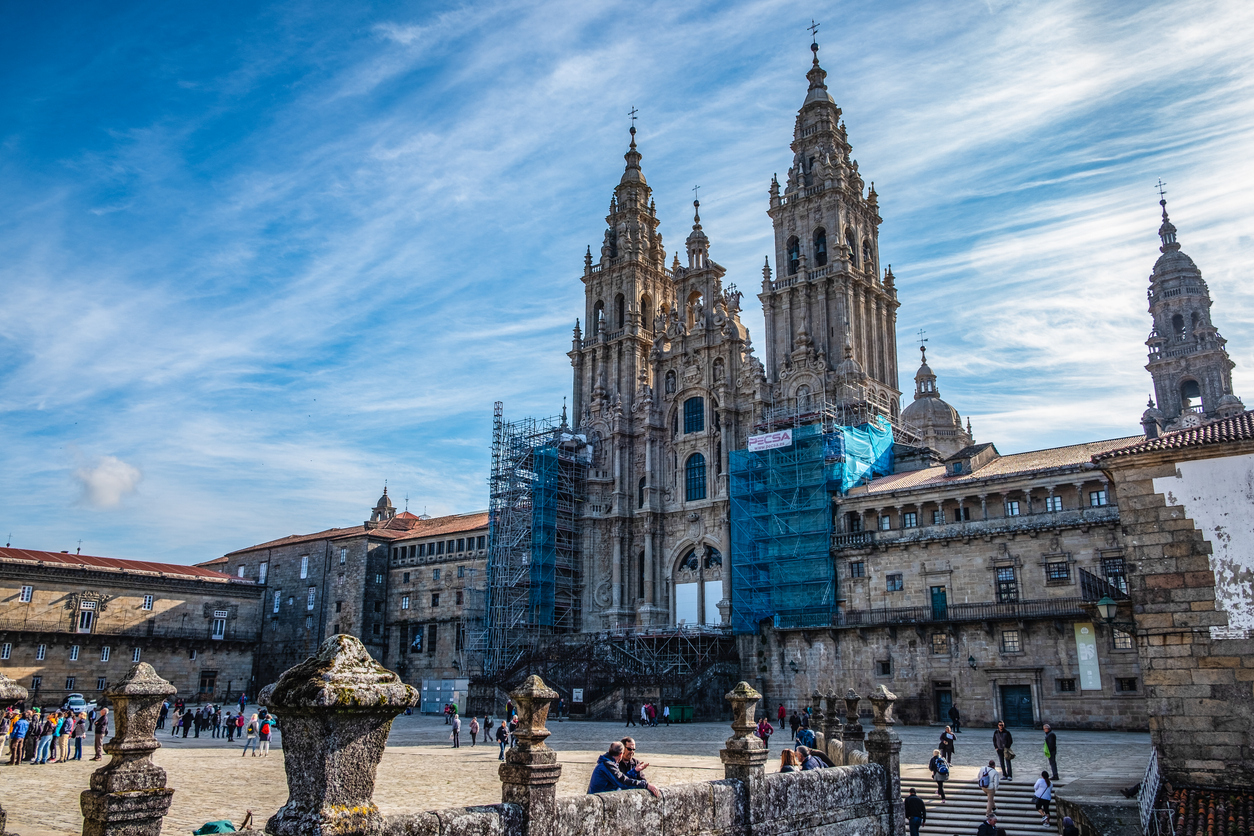
You should veer slightly from the coastline in to see what important cities such as Pontevedra and Santiago de Compostela have to offer, the latter being the capital city of Galicia, whose old town has been listed as a UNESCO World Heritage Site since 1985, boasting several amazing landmarks such as its famous cathedral.
The outstanding beauty of the region means you may be tempted to stop your car hundreds of times during your trip. However, here is a short list of some must-see places which you can factor into your schedule if you’re looking to prolong your adventure even further: Finisterre lighthouse, Costa de la Muerte, Fragas del Eume, Betanzos, Ortigueira, Playa de las Catedrales…
A little bit about Asturias
After covering the length of the Galician coastline, get ready to go from green to greener. Asturias, the next autonomous community, is a true natural paradise, with over a third of its surface area protected by its national park status.
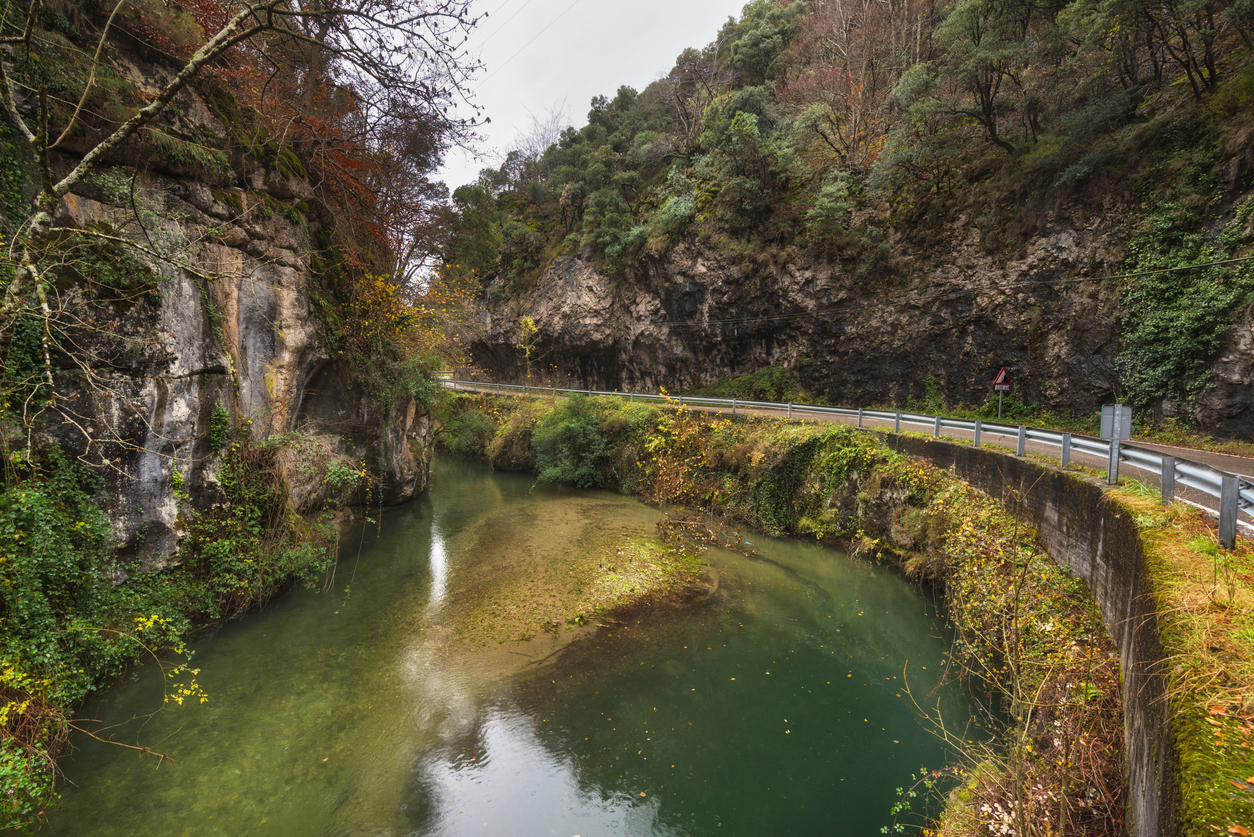
One example from the long list of natural wonders found in Asturias is the Somiedo Natural Park, which spans 29,000 hectares and has been a biosphere reserve since 2000.
Slightly more to the North lies the breath-taking Las Ubiñas y La Mesa natural park.
If you’re not fed up of greenery by this point, we recommend travelling to the south of the region until you reach Cangas de Onis: the gateway to the highly-regarded Picos de Europa natural park.
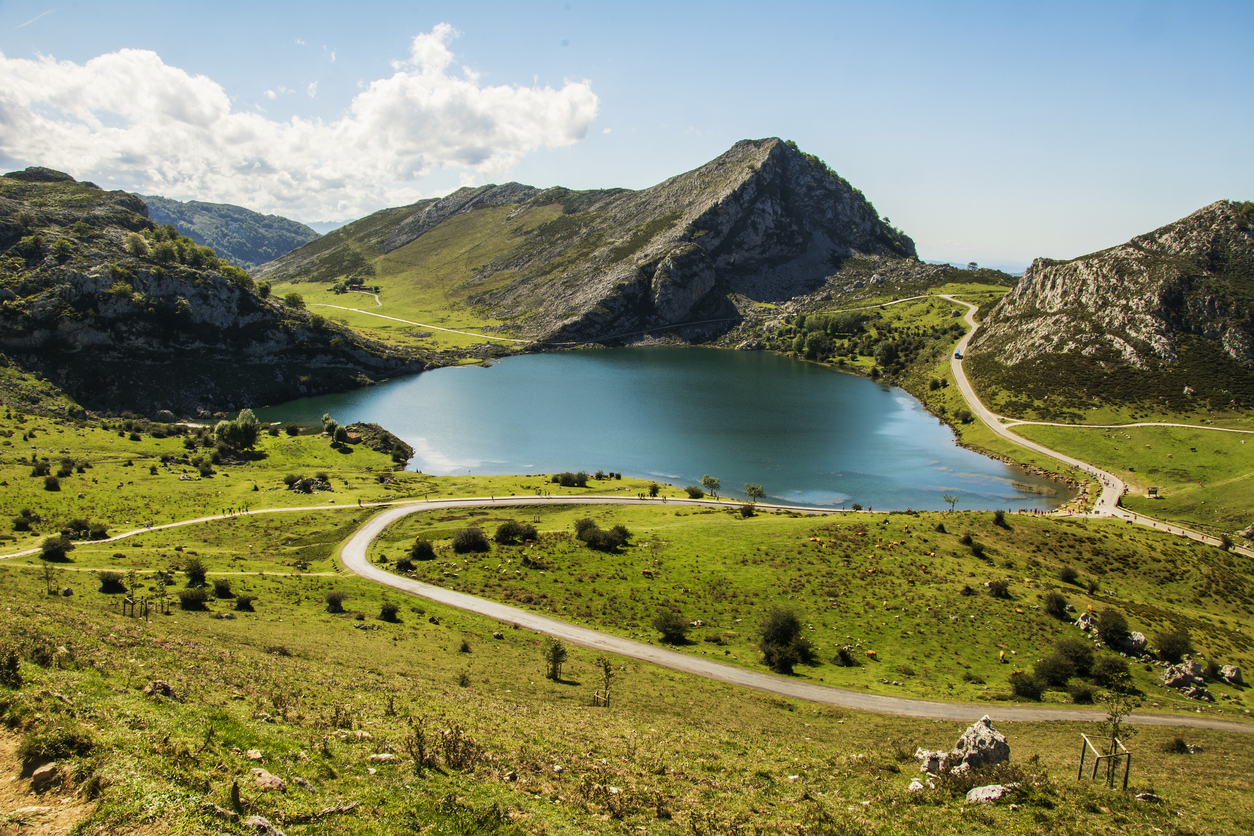
Here you can rifle through several must-do activities, such as marvelling at the Lagos de Covadonga and enjoying activities offered by the Sella River. By driving further to the East, you’ll pass through Ribadesella into Cantabria, the next autonomous community.
Be sure to stop in Cantabria
By continuing your road trip eastwards, you’ll reach the mountainous autonomous community of Cantabria. This region, in terms of pure beauty and natural parks worth visiting, is cut from the same cloth as Galicia and Asturias.
Where is your first must-visit destination? Without a shadow of a doubt, we suggest taking a slight detour towards the South to pay a visit to El Soplao Cave, which is known worldwide for its 20 kilometres of rock formations and natural diversity.
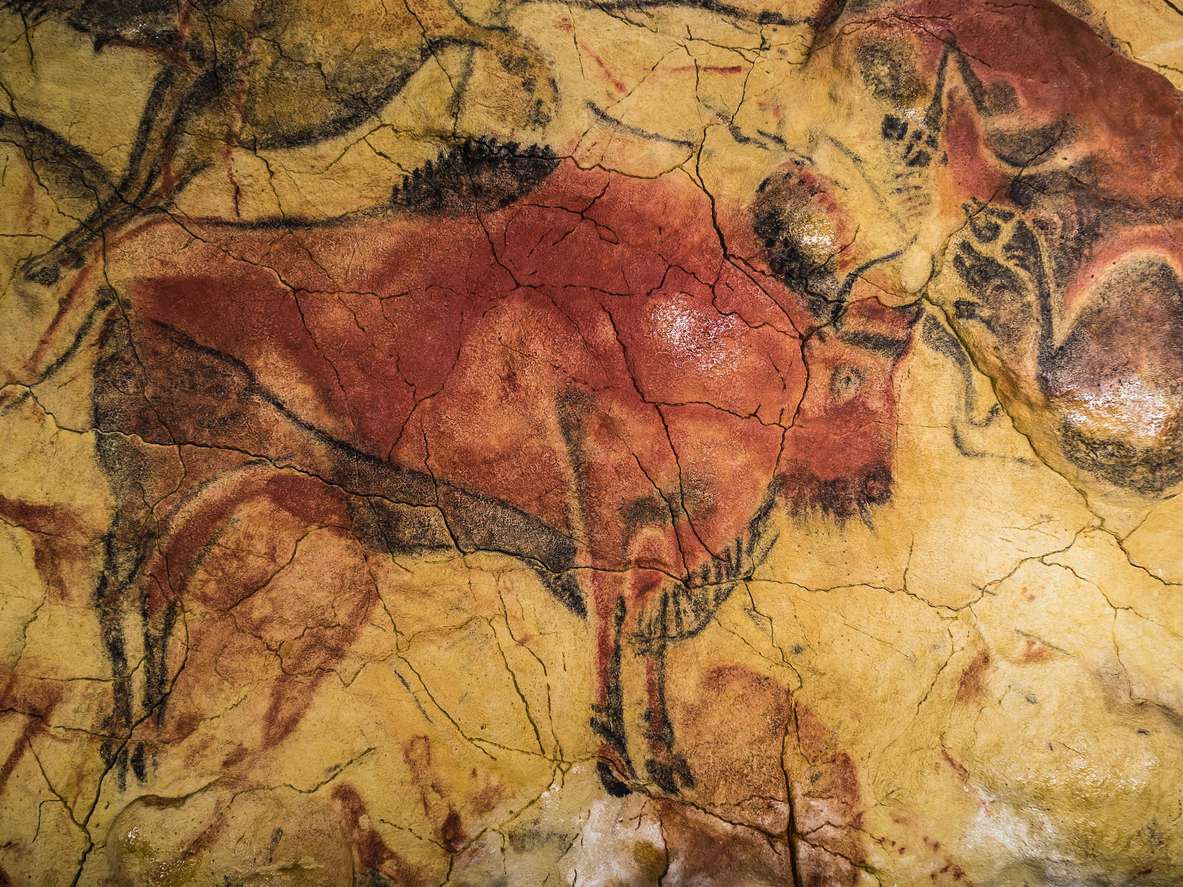
If you’re passionate about caves, we also suggest visiting the Altamira Cave: a key landmark for the history of mankind, as it contains and preserves some of the most remarkable cave paintings and artwork of the Prehistoric period. As one would expect, this site has also been declared as a UNESCO World Heritage Site.
In terms of distances, this is a relatively manageable autonomous community. So, if you’re looking to wander around some authentic old towns in the region, we recommend two locations in particular: Santillana del Mar and San Vicente de la Barquera. Santillana del Mar is also known as “the town of three lies” because it is neither holy (“Santa”), flat (“llana”) or by the sea (“del Mar”).
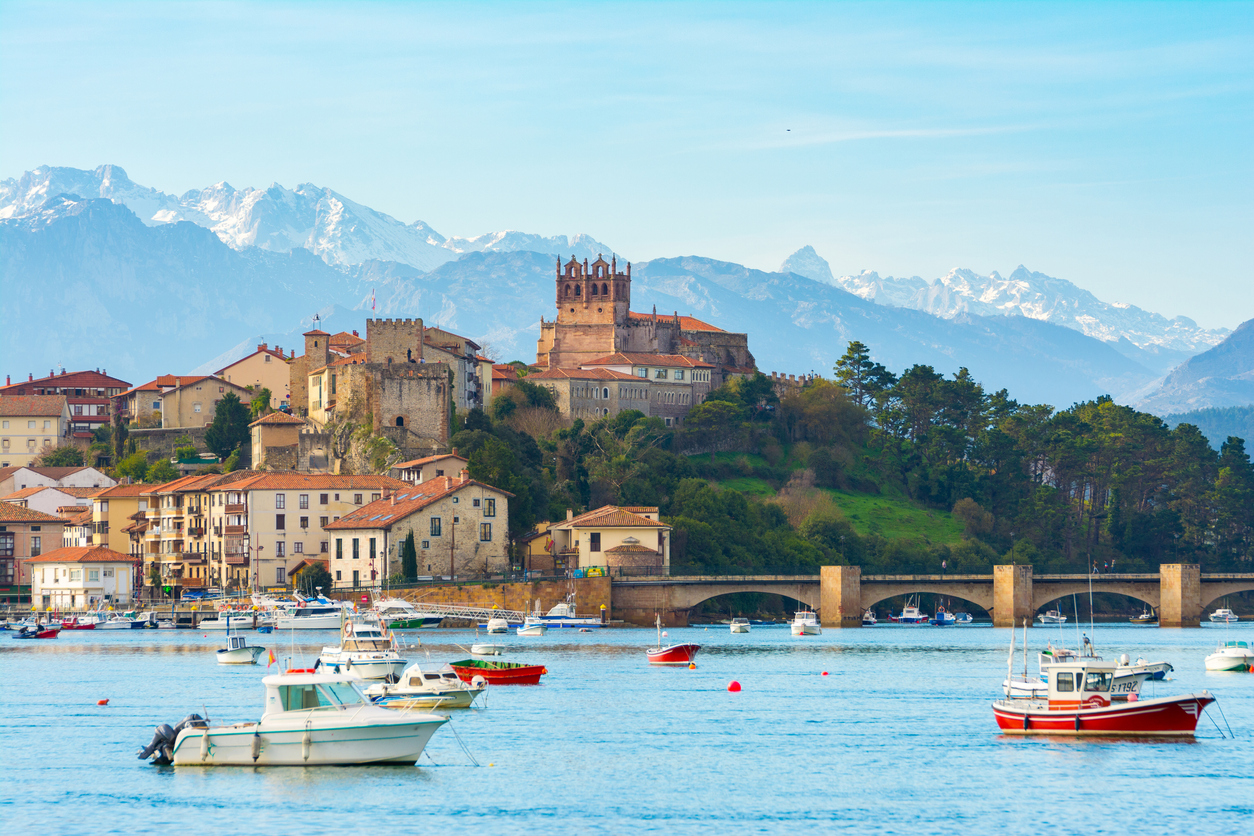
Cantabria has much more to offer than what we have mentioned here. However, we’ll leave this for another more detailed article proposing other must-visit locations in the region. Now, fill up the tank a little bit more and get ready to travel even more eastwards, until you arrive at the autonomous community of the Basque Country.
Here you’ll find several destinations that are truly worth visiting. We have a particular soft spot for the city of San Sebastián and its Playa de la Concha. We’ll write about this in another article on road trips along Northern Spain.



